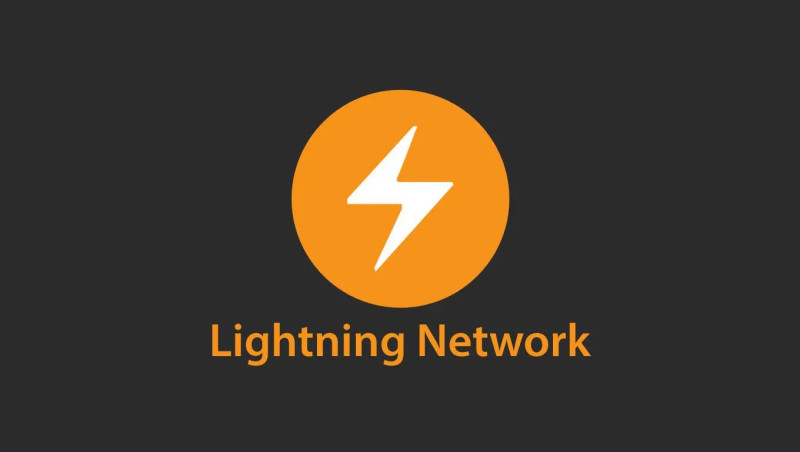What is the Lightning Network?
The Lightning Network was proposed in 2015 by Joseph Poon and Thaddeus Dryja and went live in 2018. It is a layer built on top of Bitcoin that lets people transact instantly and cheaply without every payment needing to be recorded on the blockchain.
Fundamentally, Lightning is comprised of Nodes (just like Bitcoin) and Channels between those nodes to connect them. These nodes can exchange thousands of small payments off chain, and then settle the final balance back on chain when they are finished.
A payer’s sats might be sent over multiple channels between nodes. This is called “routing”. This allows you to send money to a person that you might not even be directly connected to, thanks to the network’s ability find the shortest path between two nodes.
Lightning is what’s considered a Layer 2, or L2. That is, it’s a network built on top of Bitcoin’s base layer. The base layer (Layer 1) is where the strongest security and final settlement happen, but it is limited in speed and capacity. An L2 like Lightning inherits the security of Bitcoin while handling transactions off chain, where they can be faster, cheaper, and more flexible. Once users are done transacting, the final balance can be settled back to the main chain. This combination lets Bitcoin scale for everyday use without sacrificing the trust and durability of the base protocol.

